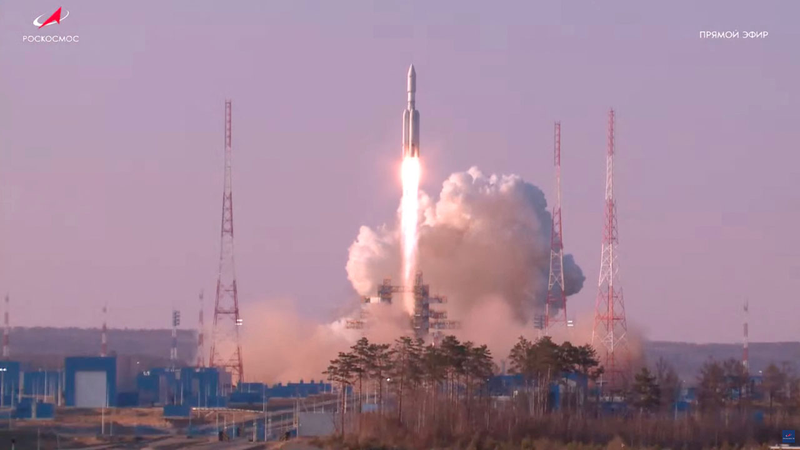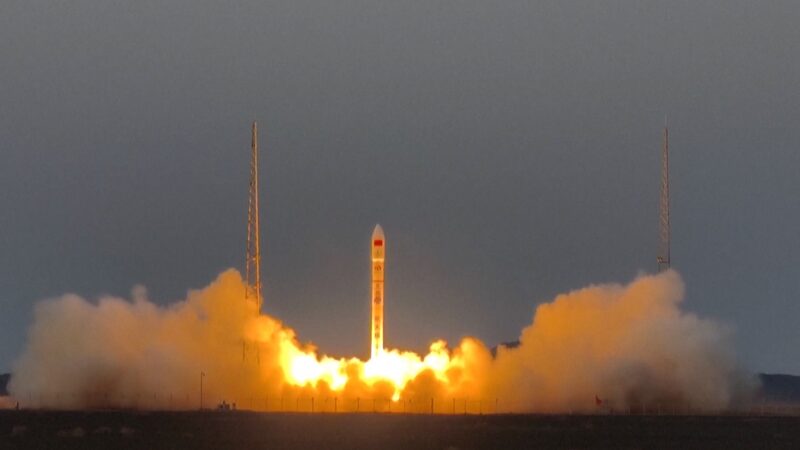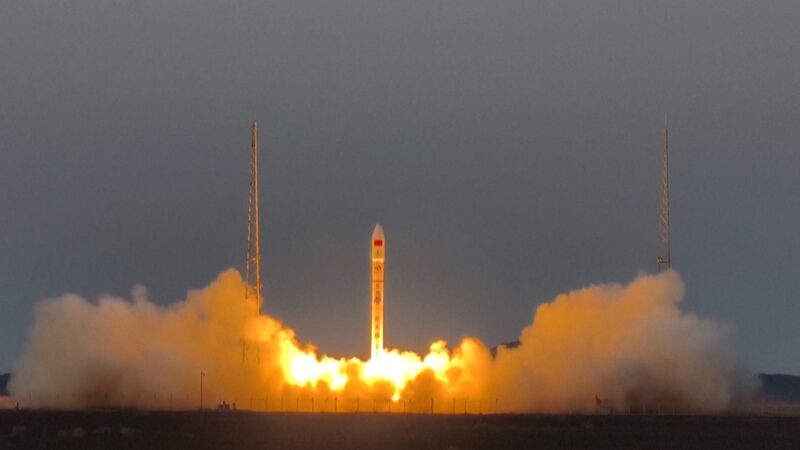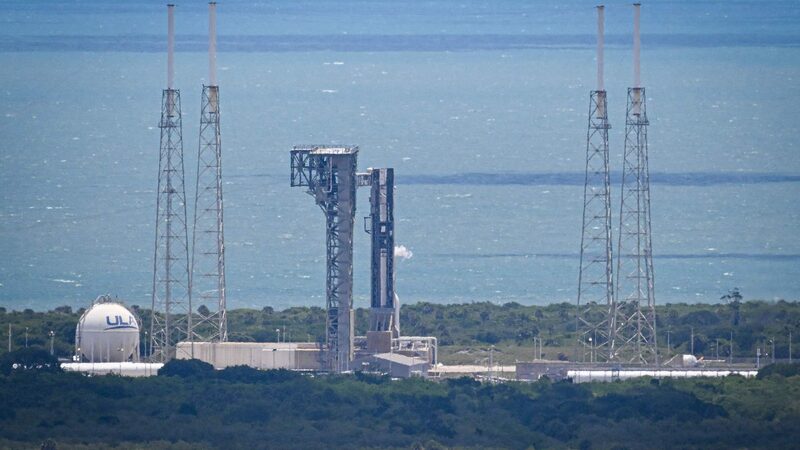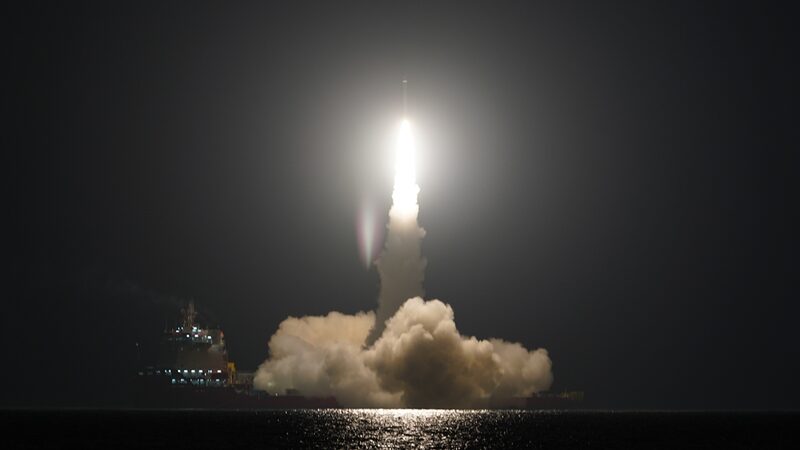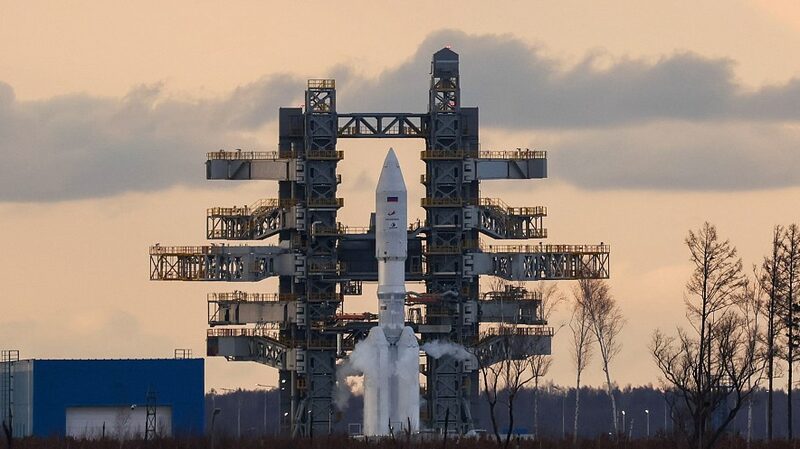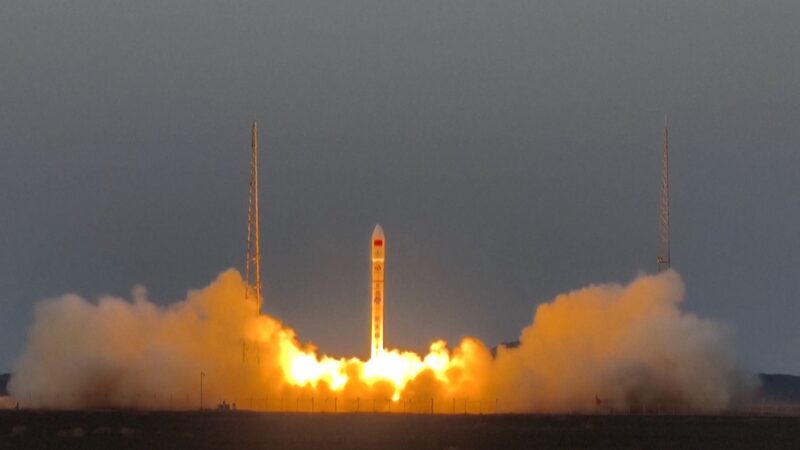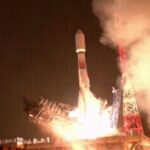In a significant stride for its space program, Russia successfully launched the Angara-A5 heavy-lift rocket from the Vostochny Cosmodrome on Thursday. The launch marks the first time the Angara-A5 has lifted off from the Vostochny site, nestled in the forests of Russia’s Far East Amur region, highlighting the cosmodrome’s growing importance in the nation’s post-Soviet space ambitions.
“Engine start confirmed; the flight is proceeding normally,” announced Roscosmos, Russia’s space agency, during a live broadcast of the event. “All systems are functioning as expected.” Moments after liftoff, the rocket soared beyond 25,000 kilometers per hour, successfully entering Earth’s orbit.
The Angara-A5 carried a test payload, and Roscosmos confirmed that the upper stage separated as planned, inserting the payload into its designated orbit. The mission proceeded smoothly after technical issues had prompted last-minute aborts on the two preceding days due to a malfunction in the engine launch control system.
Strengthening Russia’s Space Infrastructure
The Angara project was initiated in the early 1990s following the dissolution of the Soviet Union. The goal was to develop a domestically produced launch vehicle that would ensure independent access to space without relying on the Baikonur Cosmodrome in Kazakhstan. Prior to this mission, the Angara-A5 had two test flights from the Plesetsk Cosmodrome in 2014 and 2020.
“With this launch, we commence flight design tests of the Amur space rocket complex equipped with Angara heavy-class launch vehicles at Vostochny,” Roscosmos stated. The successful deployment underscores Russia’s commitment to advancing its space exploration capabilities and reducing environmental impact.
Environmental Considerations and Future Prospects
The Angara-A5 rocket is noted for being more environmentally friendly compared to the Proton-M, Russia’s previous heavy-lift workhorse in operation since the mid-1960s. The newer rocket utilizes cleaner fuel, reducing the ecological footprint of launches.
This milestone is expected to have significant implications for various stakeholders:
- Global Readers and News Enthusiasts: The launch represents a pivotal moment in space exploration, capturing the interest of those following advancements in aerospace technology.
- Business Professionals and Investors: The success may open avenues for international collaborations and investments in Russia’s aerospace sector.
- Academics and Researchers: Opportunities for scientific research and partnerships in space technology are likely to emerge.
- Asian Diaspora Communities: Enhanced regional cooperation in space endeavors could strengthen ties within the Asian continent.
- Travelers and Cultural Explorers: Increased activity at Vostochny may boost tourism and cultural exchange in the Amur region.
The Angara-A5’s successful launch from Vostochny Cosmodrome not only signifies a technological achievement but also reinforces Russia’s position in the global space arena. As the nation continues to invest in its aerospace capabilities, the world watches with anticipation for the next chapter in space exploration.
Reference(s):
Russia launches 1st Angara-A5 rocket from Vostochny Cosmodrome
cgtn.com
